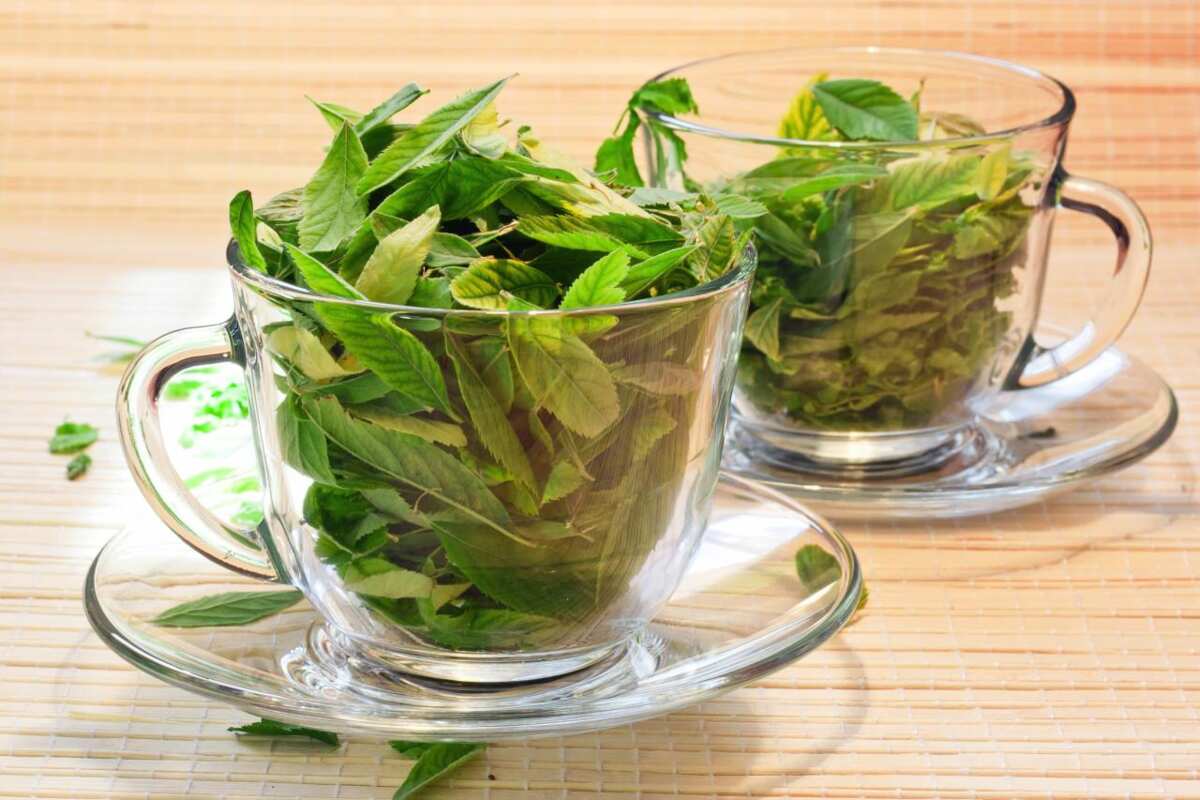Health benefits of cocoyam leaves
The fact that cocoyam leaves (the leaves of the plant known as taro) are edible, often comes as a surprise for those who have only known this plant as a big root. Yet, these leaves are not only a good food product. They are also able to provide you with plenty of useful vitamins and minerals.

What is taro?
Taro is a plant that originally grew in tropical forests of the Himalayas, New Guinea, and the Philippines. People used to eat the big roots that can be cooked or fried just like potatoes. Now, taro is a popular vegetable in Asia, on Pacific islands, and in many countries in Africa. In Africa, the biggest world’s amounts of taro are raised. The very name originates from the Maori language.

READ ALSO: List of high protein foods in Nigeria
The ways to cook the vegetable are so numerous that it’s possible to compose a huge cookbook on this root alone. However, the big dark-green leaves of this plant called cocoyam leaves are often cooked as asparagus or prepared together with coconut milk, yam, and chili pepper.

Read also
Traditional food and dressing of Tiv people
What are cocoyam leaves nutrition facts?

Like any leafy green vegetables, these leaves are as healthy and useful for your body as can be. It’s easy to guess that they are especially useful for those who want to lose fat and improve their health condition. Well, in order to get a clear idea of the cocoyam nutrition benefits, let’s take 1 cup of steamed cocoyam leaves without salt or other spices.
(NOTE: cocoyam leaves cannot be eaten raw! They contain a toxin that causes irritation of threat of not properly cooked. This is why these leaves should be allowed in clean cold water for about 10 to 15 minutes before they are cooked!)
The amount of the leaves in the cup will be about 145g, and the nutrition value will be as follows:
- Calories – 35
- Protein – 4g
- Carbohydrates – 5.8g
- Fat – 0,6g (in it, fatty acids Omega 3 – 74mg, Omega 6 – 170mg)
- Food fibers – 2.9g

Read also
How to make healthy moringa tea from fresh and dry leaves
As you can see, these leaves are pretty poor in calories, so, if you are into losing weight, they are a perfect choice as a garnish to some meat or fish. However, you need to remember that even the most dietary food loses its positive qualities as soon as it’s cooked in plenty of oils or animal fats. If you want to keep your body healthy, use only a little oil and give preference to natural, non-refined oils.

Now, from the point of view of vitamins and minerals, 1 cup of steamed cocoyam leaves will provide your body with the following assortment:
- Vitamin A – 6145 IU (international units)
- Vitamin B1 (thiamin) – 0.2mg
- Vitamin B2 (riboflavin) – 0.6mg
- Vitamin B3 (niacin) – 1.8mg
- Vitamin B6 – 0.1mg
- Vitamin C – 51.5mg
- Calcium – 125mg
- Copper – 0.2mg
- Folate – 70mcg
- Iron – 1.7mg
- Magnesium – 29mg
- Manganese – 0,5mg
- Phosphorus – 39.2mg
- Sodium – 3mg
- Zinc – 0.3mg

Read also
Ugu (fluted pumpkin) leaves benefits you should know about
Like all green leafy vegetables, cocoyam leaves contain plenty of calcium, which is useful for children when they grow fast and need their bones and teeth to be healthy and strong. This is why cocoyam meals are especially useful for children, pregnant and nursing women.
What are the benefits of cocoyam leaves for health?


Read also
Interesting nutritional facts about garri
Now you see what a wonderful thing cocoyam leaves are. With all their affordability, they can come in handy as a natural remedy and prevention for many conditions. Don't underestimate this gift of nature!
READ ALSO: How to prepare white soup with assorted meat
Source: Legit.ng
ncG1vNJzZmivp6x7rbHGoqtnppdkfnKAmGloaWWYmq6twMdmmZ6mlZu2tb%2BMnKacp6mWum64xJqtnqtencGuuA%3D%3D